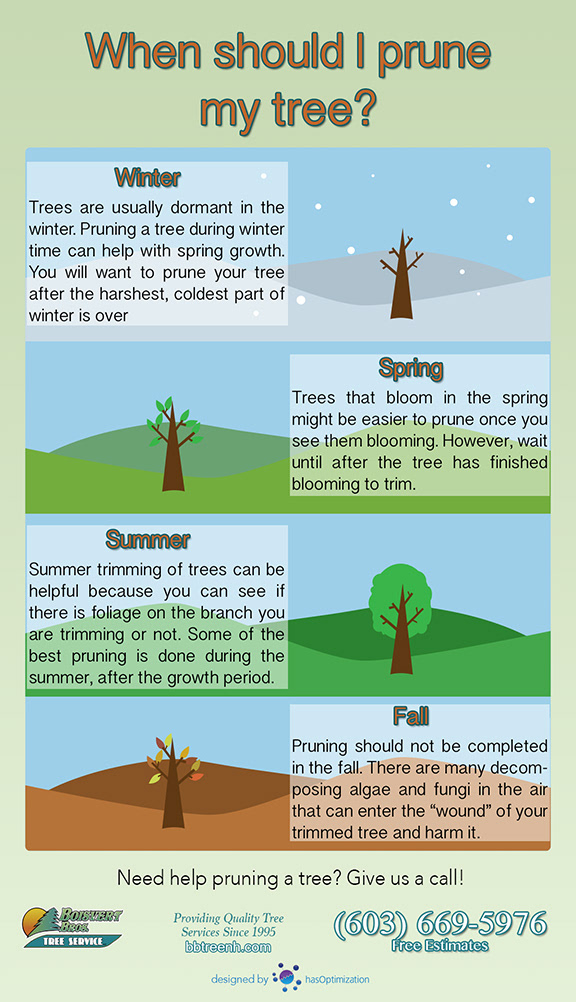Signals That It's Time To Eliminate A Tree: Identifying Unsafe Trees
Signals That It's Time To Eliminate A Tree: Identifying Unsafe Trees
Blog Article
Post Written By-Truelsen Butcher
When it concerns tree treatment, recognizing the indications that it's time for elimination is necessary for your security and residential or commercial property. You may observe blemished leaves, wilting branches, or strange fungal developments indicating health problems. Structural problems, like a considerable lean or splits in the trunk, can also posture threats. Comprehending these warning signs can assist you make educated choices regarding your trees and protect against potential hazards hiding in your yard. What should you look for next?
Indications of Decay and Disease
When you discover indications of degeneration and disease in your trees, it's essential to act quickly. Look for tarnished leaves, wilting branches, or unusual developments like fungi. These can indicate that your tree is battling.
If you see splits in the bark or soft, mushy wood, these signs suggest internal degeneration. Furthermore, an unexpected rise in insects around your tree can indicate that it's weakened and prone.
Check for any dead or passing away limbs, as they present a risk to your residential or commercial property and safety. If you doubt regarding what you see, seeking advice from an arborist can offer clearness.
Resolving these signs early can conserve you from a lot more considerable damages and make sure the wellness of your backyard. Don't wait until it's too late.
Structural Instability and Leaning
As you observe your trees, keep an eye out for any kind of signs of structural instability or leaning. If a tree leans substantially, it might show that the root system is jeopardized.
https://reidjeato.blog-kids.com/35500420/a-detailed-guide-to-tree-removal-costs-exposes-essential-budgeting-ideas-for-your-landscaping-requires-discover-what-variables-can-influence-your-expenses in the trunk or soil around the base; these can signify prospective failure. In addition, look for unusual growth patterns, like a lopsided crown, which may suggest that the tree is battling to hold itself upright.
If you observe that the tree leans toward your home, high-voltage line, or other structures, it poses a better risk. Don't ignore these signs-- consult an arborist to evaluate the circumstance.
Taking action early can protect against costly damages and ensure your safety.
Dead or Dying Branches and Foliage
If you observe dead or passing away branches and vegetation on your tree, it's a clear indicator that something's incorrect.
These undesirable locations can suggest underlying concerns like condition, insect infestations, or environmental tension. When branches lose their leaves or transform brown, they're no longer contributing to the tree's wellness. Disregarding these indicators might lead to additional decline, making your tree a lot more unsafe.
Dead branches can conveniently break short during storms, positioning a risk to residential property and individuals nearby. It's vital to assess the degree of the damage.
If the problem impacts a substantial part of the tree, consider seeking advice from an expert. They can aid establish if removal is required to ensure safety and keep the charm of your landscape.
Verdict
If you notice any signs of decay, architectural instability, or dead branches on your trees, don't overlook them. These indicators can pose severe security threats to you and your home. It's always best to get in touch with a professional arborist who can give an expert analysis of your trees. Taking action early can avoid mishaps and costly damages, ensuring your landscape continues to be secure and healthy and balanced. simply click the next web page in mind, it's better to be proactive concerning tree treatment than to wait for a catastrophe to happen.
